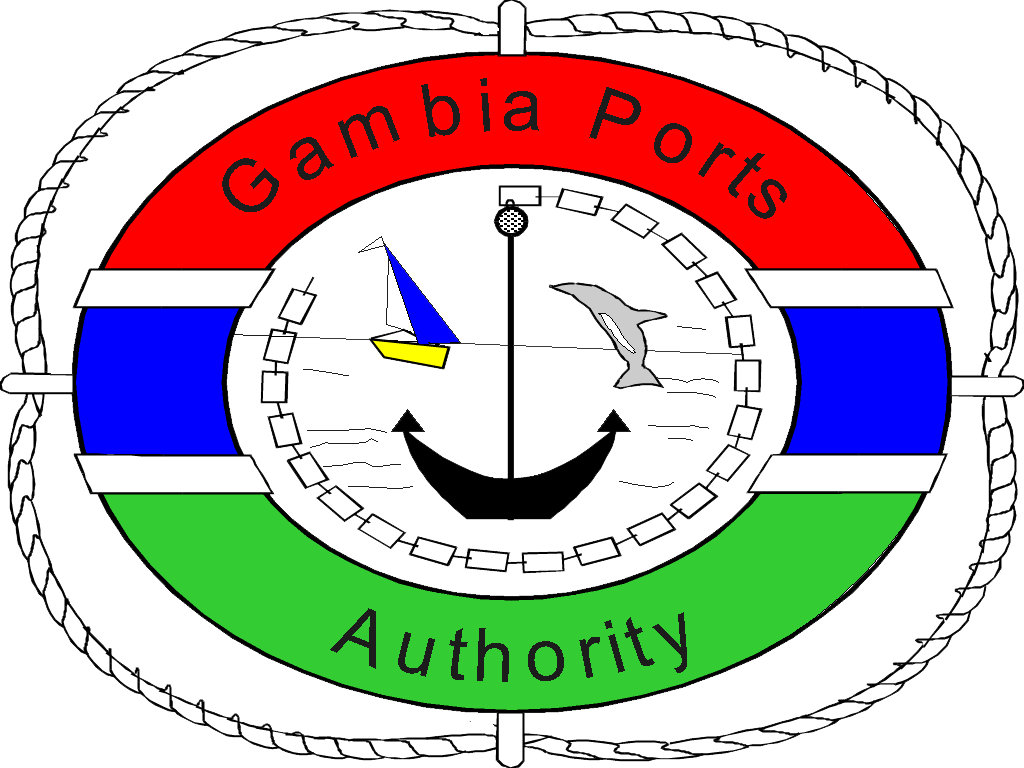|
The Gambia Ports Authority (GPA) signed a Memorandum of Understanding (MoU) with the Government of the Gambia (GoTG) on the 17th of September 2001. Under delegated management, the GPA is assigned the responsibility to manage and operate the Banjul Fisheries Jetty whose construction was financed by the African Development Bank (AfDB) and BADEA to the tune of USD 8.5 million and complemented with government counterpart funds under the Gambia Artisanal Fisheries Development Project (GAFDP).
The construction of the Banjul Fisheries Jetty started in 2009 and was completed in May 2013. The facility was handed over to Gambia Ports Authority to Manage on 9th June 2013 and operations commenced on 2nd September 2013. The structure has the following:
- A well-equipped office building to house the Jetty staff; 110-meter-long causeway (From the gate entrance to the beginning of the wooden access bridge; 50-meter-long wooden access Jetty with 60-meter-long wooden pier head; 85-meter-long concrete access bridge with a 60-meter-long concrete pier head with facility for fuel Bunkering; 2 floating pontoons for artisanal fishing canoes; A fuel bunkering service facility leased to a private operator Atlas Oil Company Ltd to supply fuel berth and artisanal canoes at the bunkering station; Empty yard area of approximately 2,500sq meters to accommodate service factory plots for the construction ice plant, processing, and fish storage facility
The Management of the Jetty is led by a General Manager who is responsible for the day-to-day management of the facility. He is supported by Operations and Security superintendents, Administration/HR, and Finance Managers.
Operations
The Banjul Fisheries Jetty provides berthage and fish landing services to fishing vessels and handles vessels with a draft of up to 5 meters. Fishing Vessels with drafts above 5 meters are provided alternate berthing arrangements at the main Port. Fishing trawlers with ice carriers that packages fish and fish products for discharge direct into refrigerated containers are also sent to the main Port. The Jetty has a Fresh water supply and cold ironing facility in addition to Fuel Bunkering.
Fishing Vessels are required to give notice through their Agents prior to arrival. Pilotage is compulsory for all vessels from buoy No. 5 and must notify the Port Control office on arrival to be given a pilot.
The Jetty’s operation hours except public holidays are follows:
| Monday – Thursday | 08:00 – 19:00 hrs |
| Fridays | 08:00 – 13:00 hrs (may extend to 19:00 hrs) |
| Saturday | 08:00 – 13:00 hrs |
Security
The Jetty provides 24-hour security by its own security personnel to safeguard life and property. In addition, the Gambia Navy strengthens the security of the Jetty area with regular patrols.
Health and Safety
The Port Safety Department supports the Jetty on Safety matters, Standard Operation Procedure(SOP) manual has been developed and the Jetty staff is provided with the requisite training to ensure the maintenance of a high standard of safety.
Agents of fishing vessels are required to inform health officers from the Ministry of Health in the Port on the arrival of every vessel from foreign Ports.
Operation Procedure for Agents of Fishing Vessels
- Duty to inform the Fisheries Jetty of the vessel’s expected arrival date and time 48 hours before arrival
- Payment of Proforma Invoice before vessel’s arrival in accordance with Port Dues and Rates Regulation
- Notify the boarding team for inspection for vessels arriving from foreign Ports i.e. customs, health security, and immigration officials in the Port
- Payment of additional Proforma invoice for any additional period of stay in Port
- MUST seek clearance from General Manager or Harbour Master before departure.
Operation Procedure for Vessel Captain
- MUST notify Port control of arrival through VHF channel 16
- Pilotage is compulsory from buoy No. 5 and one may request for a Pilot or seek clearance from Harbour Master to navigate at own risk
- Must seek clearance from Jetty’s Management through Harbour Master to proceed to berth
- Must notify the Jetty Management or Harbour Master to get clearance for any vessel movement within the Port
- Must seek clearance from Jetty Management/Harbour Master for any maritime or non-maritime activity at anchorage or within the Port area
- For emergency or distress, call Port Control on channel 16
